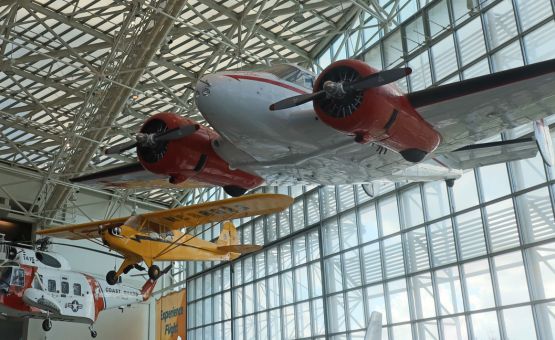By Tim Genc
Entering a commercial pilot program is a great achievement, but amidst all of the fantastic experiences that on will experience, one that very few get to experience is what some call the ride of a lifetime. The Blackbird family of aircraft (that’s right – there was more than one Blackbird) was originally to be created for one sole purpose: to overfly the former Soviet Union and gather information. However, early into development, an agreement was reached between the U.S. and U.S.S.R that prohibited this very practice. With the project already underway, development proceeded and the first Blackbird, the A-12, was created. It eventually gave away to the YF-12, meant to be more of an interceptor aircraft, and finally the first of the three SR-71s was finally introduced.
Its development, in many ways, was a “back to the drawing board” venture for engineers, as creating an aircraft capable of flight over three times the speed of sound that operated at 85,000 ft presented multiple new challenges. The aircraft skin itself would heat up to temperatures between 600 to almost 1000 degrees Fahrenheit, causing the metal aircraft exterior to expand by a few inches. Finding seals that could handle the extreme temperatures, engines that could accept the intake of air at such high velocities, materials of all kinds… All of these considerations made the development of the Blackbird family a whole new world for aviation. They could not find a suitable material for the fuel tank although because the only material that could withstand the speed and temperatures was the aircraft skin. The result was the skin itself would be the fuel tank. On the ground, fuel would pour out of the wings and once the aircraft heightened up and the metal expanded, only then would the tank fully seal. The aircraft would take-off with partially full tanks and immediately refuel in flight to account for this.










